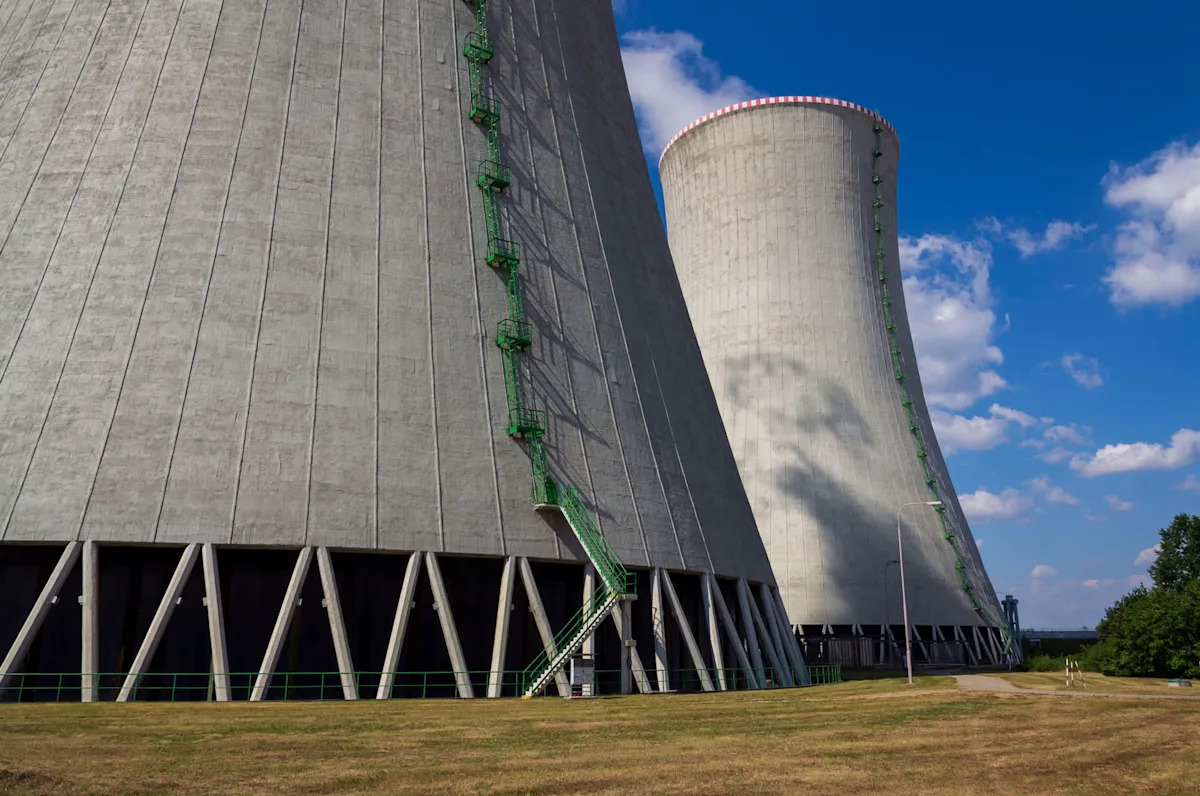Science
US Energy Company Launches Construction of Innovative Nuclear Reactor

Construction has officially begun on the United States’ first experimental extra modular nuclear reactor, marking a significant milestone in the country’s energy landscape. This initiative is part of a rapid federal effort to advance nuclear energy as a viable and cleaner alternative to fossil fuels. The project is being led by the American energy startup Aalo Atomics, which aims to develop a reactor that is both flexible and easily deployable.
The Nuclear Reactor Pilot Program, announced by the Department of Energy in June, fast-tracks eleven projects with the ambitious target of having at least three operational by July 4, 2024. Aalo Atomics is constructing its facility, named Aalo-X, adjacent to the Idaho National Laboratory Materials and Fuels Complex in Idaho Falls.
Innovative Reactor Design
At the heart of Aalo Atomics’ plans is the experimental extra modular reactor, which builds on the concept of small modular reactors (SMRs). According to Matt Loszak, CEO of Aalo Atomics, this reactor, designated as the XMR, is designed with the needs of data centers in mind. Loszak stated, “We believe that to address today’s massive data center market demand, another category of nuclear reactor is needed, one that blends the benefit of the factory manufacturing of microreactors, the power levels of SMRs, and the economic targets of a large reactor.”
Despite the potential benefits, nuclear energy has faced skepticism, partly due to historical incidents that shaped public perception. While the technology has evolved significantly over the decades, challenges remain. The Union of Concerned Scientists has highlighted both the advantages and concerns surrounding advanced nuclear energy, emphasizing that while nuclear power is a low-carbon energy source providing nearly 20% of the nation’s electricity, it also generates waste that must be managed carefully.
Balancing Innovation and Safety
Aalo Atomics’ ambitious timeline aims to transition from founding to fission in less than three years, a target Loszak describes as a “feat many deemed impossible just a year ago.” This rapid development reflects a broader trend in the U.S. energy sector, where nuclear power is being reconsidered as a crucial component of the energy mix.
Safety concerns persist, particularly regarding the potential for catastrophic accidents and the risk of facilities being repurposed for weapon development. Nonetheless, proponents argue that advancements in technology and strict regulatory frameworks can mitigate these risks.
As the project progresses, Aalo Atomics is poised to play a pivotal role in reshaping the future of nuclear energy in the United States. If successful, Aalo-X could redefine how energy is generated and consumed, particularly in sectors with high power demands.
In summary, the construction of the Aalo-X reactor not only signifies a breakthrough in nuclear technology but also represents a significant step towards a cleaner energy future. The ongoing developments in this field will be closely monitored, as they have the potential to influence energy policies and market dynamics for years to come.
-

 Lifestyle3 months ago
Lifestyle3 months agoLibraries Challenge Rising E-Book Costs Amid Growing Demand
-

 Sports3 months ago
Sports3 months agoTyreek Hill Responds to Tua Tagovailoa’s Comments on Team Dynamics
-

 Sports3 months ago
Sports3 months agoLiverpool Secures Agreement to Sign Young Striker Will Wright
-

 Lifestyle3 months ago
Lifestyle3 months agoSave Your Split Tomatoes: Expert Tips for Gardeners
-

 Lifestyle3 months ago
Lifestyle3 months agoPrincess Beatrice’s Daughter Athena Joins Siblings at London Parade
-

 World2 months ago
World2 months agoWinter Storms Lash New South Wales with Snow, Flood Risks
-

 Science3 months ago
Science3 months agoTrump Administration Moves to Repeal Key Climate Regulation
-

 Business3 months ago
Business3 months agoSoFi Technologies Shares Slip 2% Following Insider Stock Sale
-

 Science3 months ago
Science3 months agoNew Tool Reveals Link Between Horse Coat Condition and Parasites
-

 Science2 months ago
Science2 months agoSan Francisco Hosts Unique Contest to Identify “Performative Males”
-

 Sports3 months ago
Sports3 months agoElon Musk Sculpture Travels From Utah to Yosemite National Park
-

 Science3 months ago
Science3 months agoNew Study Confirms Humans Transported Stonehenge Bluestones








